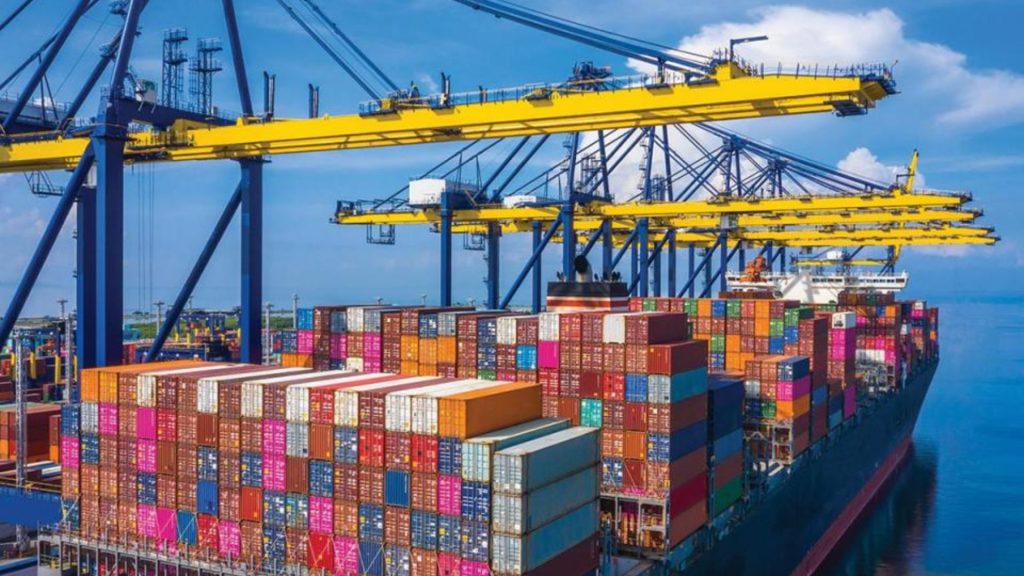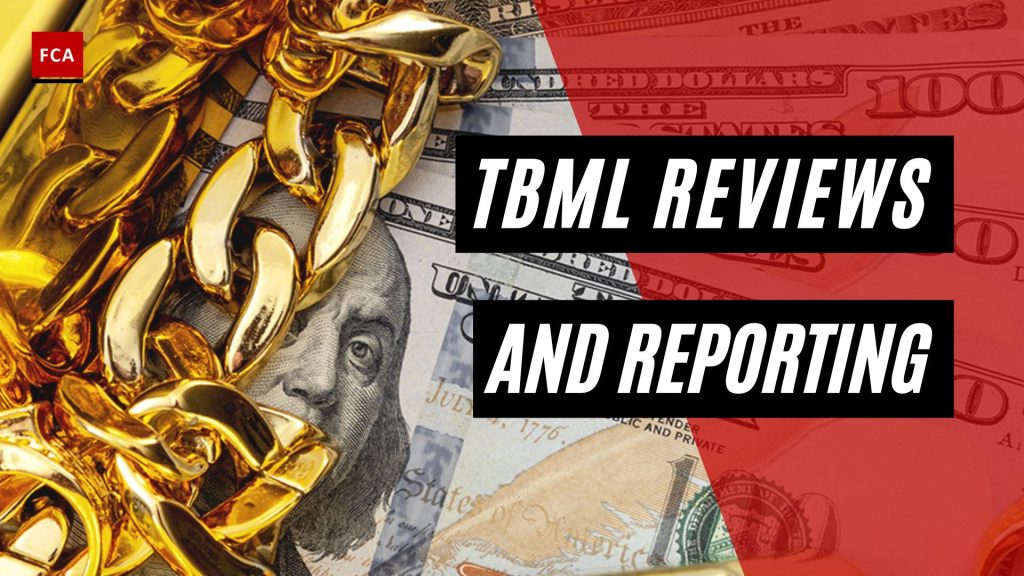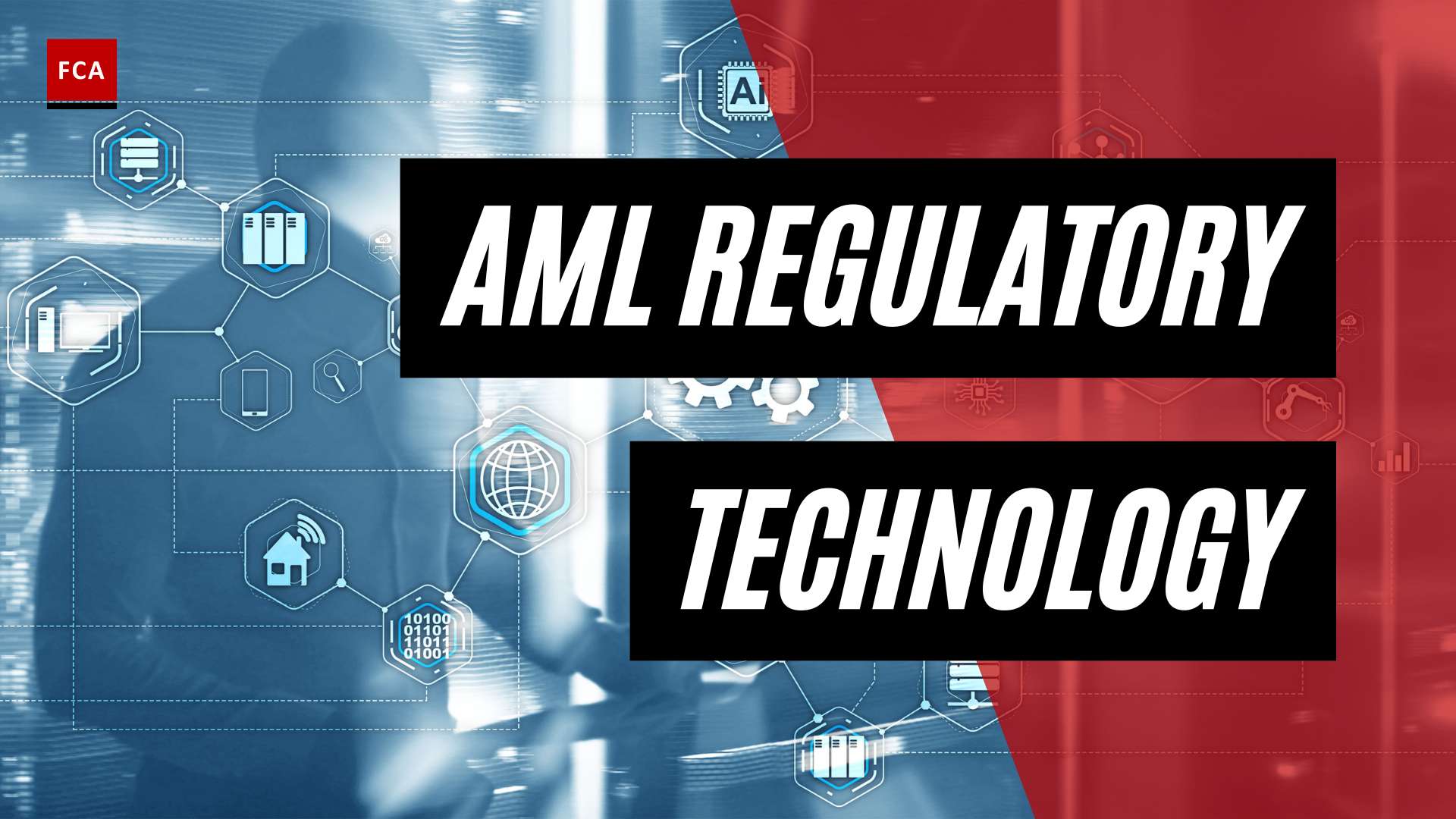It is important to have effective TBML reviews and reporting mechanisms. The performance of periodic trade compliance reviews by an independent department or function, such as the Trade Compliance Unit, requires appropriate AML/CTF planning and resources.
The review procedures adopted should be standardized, relevant, and sufficiently consistent on an entity-wide basis enabling it to aggregate money laundering or other crime information in a systemic way to identify any patterns or trends of weak trade compliance controls. TBML controls review processes that should include verification of key information used in compliance reports to management and the board.
TBML Reviews and Reporting
Periodic ML/TF risk and controls exercise is reviewed to check the identified ML/TF risks by the trade compliance team and the measures taken to address those risks. The audit team checks the health of controls, where controls are tested for selected samples of transactions.
The trade compliance department performs independent reviews based on a risk-based sample of material and high-risk activities to assess the cases or areas where non-compliance may have serious financial and compliance implications resulting in reputation, financial and operational losses. The audit also covers the areas like awareness of AML/CTF laws and regulations by the department heads, employees, and process owners.
The Trade-Based Money Laundering Reporting Officer or TBMLRO checks the reviews performed during the period. The significant compliance issues and observations are segregated and analyzed in detail, and the TBMLRO provides feedback. This requires discussion with different stakeholders such as the trade function department and head, head of legal affairs, etc. The responses are consolidated and discussed with the departmental heads and the CEO of the entity.

The material risks and issues are placed before the board audit committee meeting for review and feedback. Based on the facts presented, the committee issues further instructions and feedback to ensure that weak internal controls are strengthened, and measures are taken to protect the entity from the consequences of ML/TF risks and issues. The management follows the committee’s instructions and guidance, applies the instructions received, and reports to the committee back in its next meeting through the head of the audit function.
Organizations should incorporate a comprehensive set of trade-related ML/TF risks or red flags in their trade-related transaction monitoring tools and processes and ensure that the trade compliance team analyzes trade-related red alerts for a logical conclusion. From its generation until its closure, the red alert trail should be documented for later reference. Such scenarios should be reviewed periodically by organizations to ensure their effectiveness.
Organizations should develop an accurate and comprehensive Management Information System or MIS for trade transactions. It should consider important trade-related variables considering all trade transactions so that the trade data extraction becomes easy and the regulator’s requirement concerning the requisition of MIS is met promptly. Trade MIS is also used in the trade compliance team’s targeted and relevant reviews.
Where an organization forms a suspicion about a trade customer or a transaction of which a transaction is a part, it should report the suspicious activity or transaction report to relevant regulatory authorities, such as the financial intelligence unit or FIU, in a prescribed manner.
It is suggested that before reporting, the organization should undertake appropriate inquiries into relevant trade transactions. In all cases, the requirements of relevant laws should be fulfilled and complied with.

Final Thoughts
TBML (Trade-Based Money Laundering) refers to the use of international trade transactions for the purpose of laundering illicit funds. TBML involves various techniques, such as over or under-invoicing of goods, false descriptions of goods or services, or multiple invoicing of the same goods. TBML is a significant global challenge, and its complexity makes it difficult to detect and prevent. Effective reviews and reporting mechanisms are key in combating TBML. This requires regular risk assessments, transaction monitoring, enhanced due diligence procedures, strengthened reporting mechanisms, and staff training and awareness.








